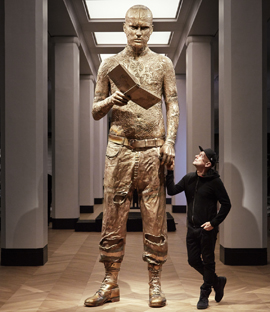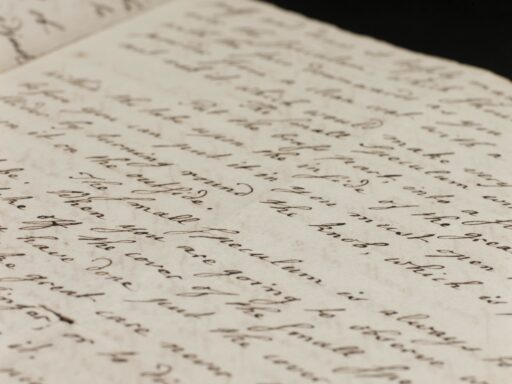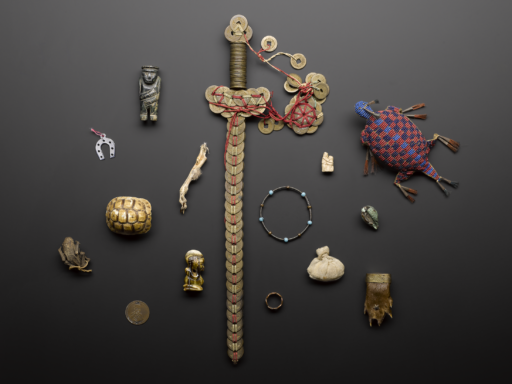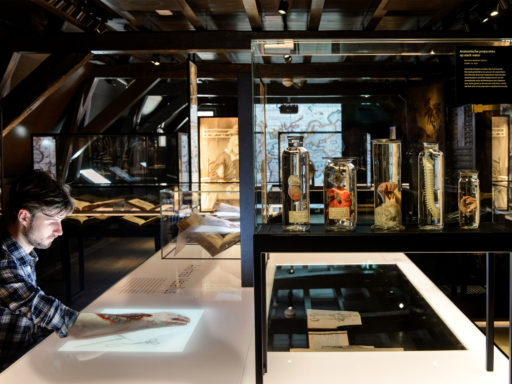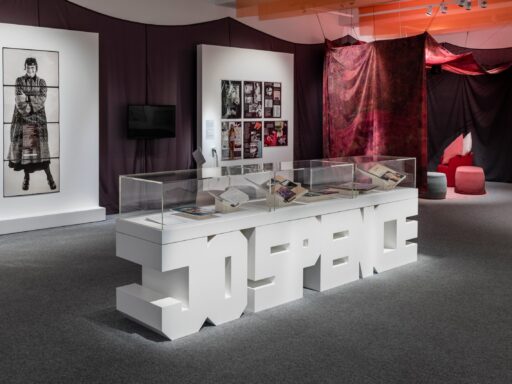Sarah Wade guest edits this special issue, which charts examples of curating medicine from the perspective of practitioners themselves. Brenda Malone discusses a Rapid Response Collecting project to capture the material culture of the Irish Abortion Referendum, highlighting its role in generating new contemporary collecting strategies for the National Museum of Ireland. Ken Arnold and Danielle Olsen reflect on what they learned from the process of running Contagious Cities, a huge international project co-ordinated by the Wellcome Trust, and Manon Parry looks at evolving trends in the display of medicine, especially the treatment of themes such as disability and decolonialism, in museums across Europe. The role of art in medicine exhibitions is discussed in depth here. George Vasey considers the role art can play in the presentation of uncomfortable themes such as illness and death, as he reflects on the Wellcome Trust’s Misbehaving Bodies exhibition. Katy Barrett interviews various artists connected to the Science Museum’s Medicine galleries while continuing to explore what it means to be an art curator in a science museum. Jörn Wolters presents the Journal’s first photo essay, which visually documents AIDS memorials since the early 1980s, charting an evolution from informal projects to more formal, institutionally led approaches and making a case for their status as cultural heritage. Finally, in a co-authored paper the curators of the Science Museum’s new permanent exhibition – Medicine: The Wellcome Galleries – reflect on the main themes and questions that guided the exhibition development and consider what they learned for future displays.
Menu

